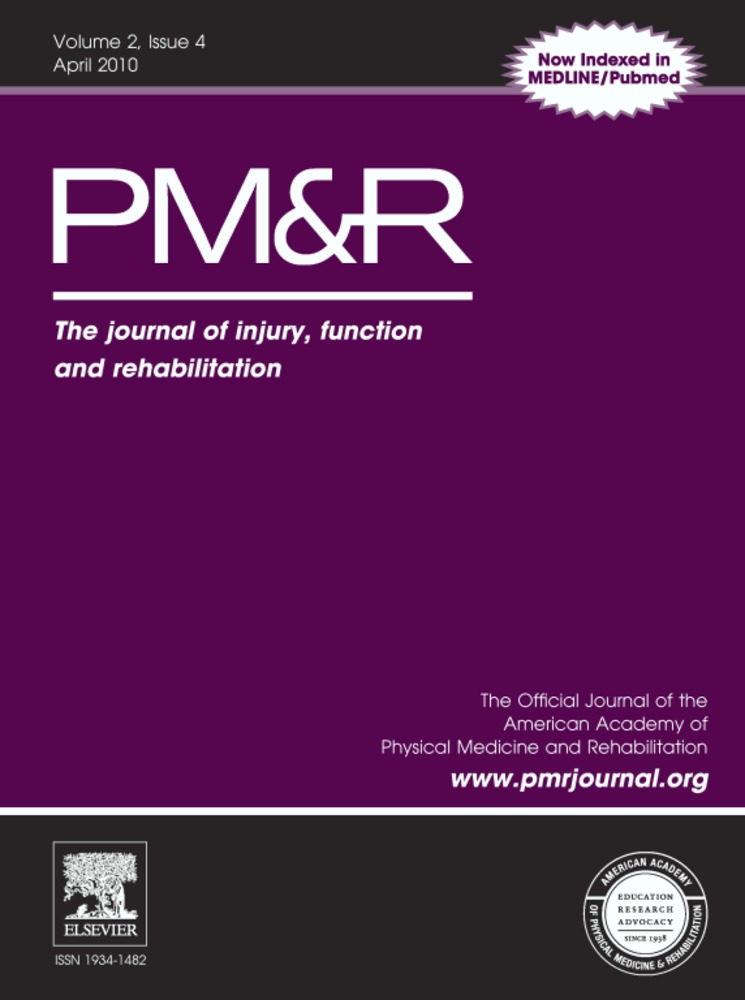Ultrasound-guided versus Nonguided Tibiotalar Joint and Sinus Tarsi Injections: A Cadaveric Study
Abstract
Objective
To compare the relative accuracy rates of ultrasound (US)-guided versus nonguided ankle (tibiotalar) joint and sinus tarsi injections in a cadaveric model.
Design
Prospective human cadaveric study with injection technique randomized and accuracy assessed by skilled observers blinded to injection technique.
Setting
Procedural skills laboratory in a tertiary care academic medical center.
Methods
Twelve embalmed and 8 unembalmed cadavers (40 ankles) were used for this investigation. Using a predetermined randomization process, 1 ankle of each cadaver was injected with US guidance and the other without. Tibiotalar joint injections were performed via an anterior approach and sinus tarsi injections performed via an anterolateral approach. All injections were performed by the senior author using a 22-gauge, 1.5-inch needle to place 3 mL of 50% diluted blue latex solution into the target area. Two anatomists blinded to the injection technique dissected each ankle and determined injection accuracy based on previously agreed upon criteria.
Main Outcome Measurements
Injection accuracy, where an accurate injection delivered injectate within the tibiotalar joint or into the mid-portion of the sinus tarsi.
Results
The accuracy rate for US-guided tibiotalar joint injections was 100% (20/20) versus 85% (17/20) for nonguided injections. The accuracy rate for US-guided sinus tarsi injections was 90% (18/20) versus 35% (7/20) for nonguided injections.
Conclusions
In this cadaveric study, US guidance produced superior accuracy compared with nonguided injections with respect to both the tibiotalar joint and sinus tarsi. Although further research is warranted, clinicians should consider US guidance to optimize injectate placement into these areas when optimal accuracy is necessary for diagnostic or therapeutic purposes.




